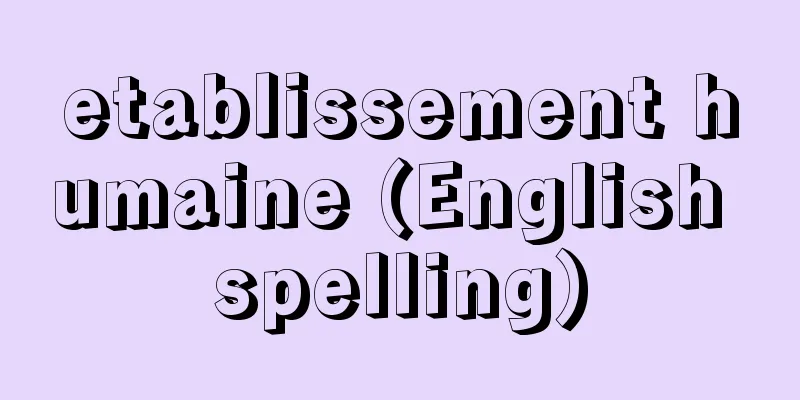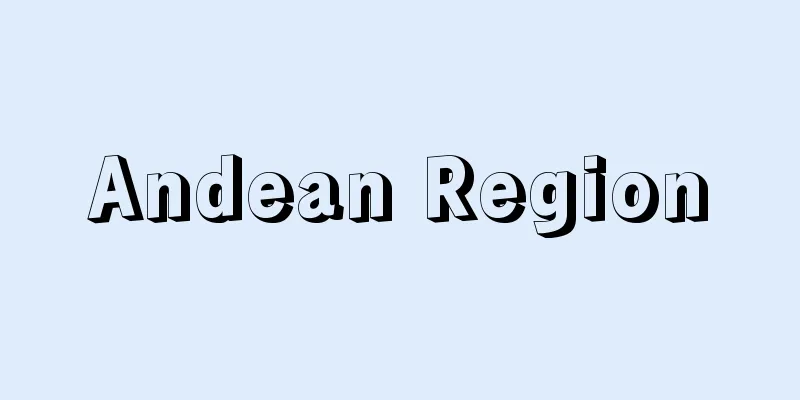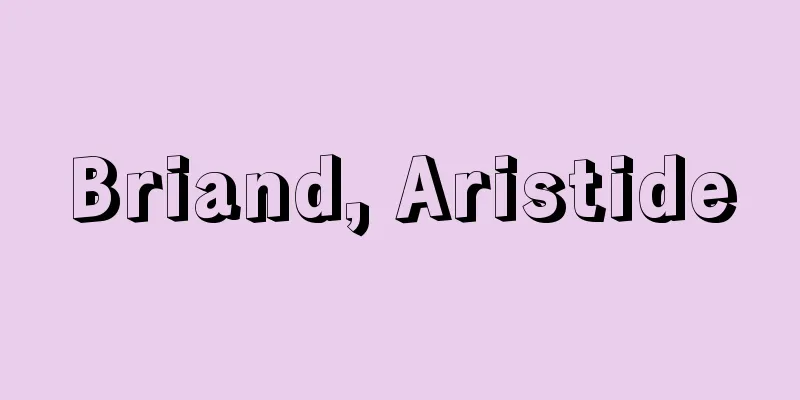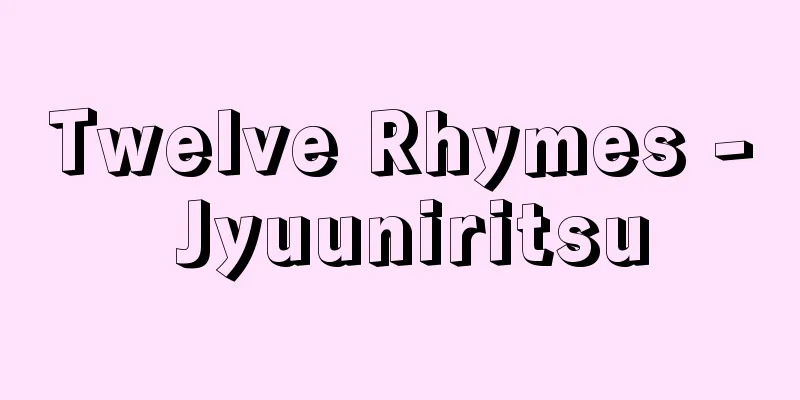Outdoor Advertising - Okugaikokoku

|
A general term for advertising materials that are posted or installed outdoors. Already in ancient Greece and Rome, there were albums in which parts of the walls of houses were painted white and public notices or advertisements were displayed. In Japan, the first signs to appear in literature are said to be the "Picture of a Small Chest and a Large Hook Statue" seen in the Tosa Nikki. The original signboard, which was the largest medium in an era when many people could not read, was a branch of wisteria hung in front of the eaves of a sake shop in ancient Rome, and in Japan it would be the "cedar wine grove." From the Muromachi and Edo periods onwards, signs and curtains called shohai appeared. Other items used for advertising included lanterns, shoji screens, flags, banners, storehouse seals, and family seals. Nowadays, in the daytime there are billboards, utility pole advertisements, billboards and posters on the streets, and at night there are electric lights (illuminations), neon signs, electric billboards and electronic news, as well as floodlights in the sky, advertising balloons and airships. The future of outdoor advertising depends on the extent to which poster boards and rental boards as network signs, like the American sheet poster (a single poster made by pasting together several posters), will grow. Furthermore, because outdoor advertising is related to aesthetics, safety, traffic, etc., it is regulated by the Outdoor Advertising Act (Act No. 189 of 1949), which has stronger laws than other media, as well as the Building Standards Act, the Road Traffic Control Act, and local government ordinances. [Shimamori Mitsuo] Source: Shogakukan Encyclopedia Nipponica About Encyclopedia Nipponica Information | Legend |
|
屋外に掲出、設置される広告物の総称。すでに古代ギリシア・ローマ時代に家屋の壁の一部を白く塗って公示や広告を描くアルブムがあった。日本では『土佐日記』にみえる「小櫃(こひつ)の絵(え)、曲(まが)りの大鉤像(おほぢのかた)」が文献に現れる最初といわれる。字の読めない人が多かった時代の最大のメディアであった看板の元祖は、古代ローマ時代に酒屋の軒先に掲げた常春藤(きづた)の枝で、日本では「杉の酒林(さかばやし)」がこれに相当する。室町・江戸期以降は招牌(しょうはい)と称する看板およびのれんが登場した。そのほか行灯(あんどん)、障子、旗、幟(のぼり)、蔵印、家印なども広告に利用された。今日では昼間の街頭には広告塔、電柱広告、看板、ポスター、夜間には電飾(イルミネーション)、ネオン、電気看板、電光ニュースがあり、また空に描き出す投光、アドバルーン、飛行船(機)による広告など多彩である。屋外広告の今後は、アメリカのシート・ポスター(何枚かのポスターを貼(は)り合わせて一つのポスターにしたもの)のように、ネットワーク・サインとしてのポスター・ボードやレンタル・ボードがどこまで成長するかにある。 なお、屋外広告は、美観、安全、交通などに関係するので、他媒体に比べて強い法規である屋外広告物法(昭和24年法律189号)はじめ、建築基準法、道路交通取締法、および自治体の条例などで規制されている。 [島守光雄] 出典 小学館 日本大百科全書(ニッポニカ)日本大百科全書(ニッポニカ)について 情報 | 凡例 |
Recommend
Asterope (English spelling)
In Greek mythology, the seven daughters of the Ti...
Galactose
A type of aldohexose (hexose) that rarely exists ...
Hall - Kaikan
A facility established for meetings and lodging b...
Allamanda
The most well-known of these is A. cathartica L. (...
Ampurias - Ampurias
...It continued to flourish throughout the Roman ...
House-shaped clay figures
Also called a Haniwa family, this is a type of Han...
Grigorii Andreevich Gershuni
1870‐1908 Russian revolutionary. Leader of the Soc...
Nadir Shah
1688‐1747 Founder of the Afsharid dynasty in Iran....
Electronics Industry
…In contrast to the “old media” of print and anal...
Chatoyancy
…It is not actually the name of a single type of ...
Hodgson - Ralph Hodgson
British poet. Born in Darlington in the northeast...
Marginal Revolution
At roughly the same time in the 1870s, three econ...
Praphat Charusathien (English)
...The construction of higher education instituti...
Acidanthera bicolor - Acidanthera bicolor
...There are about 20 species in Ethiopia, Tanzan...
Nembutsu lecture - Nembutsu lecture
A group formed to chant Buddhist prayers. Usually...









